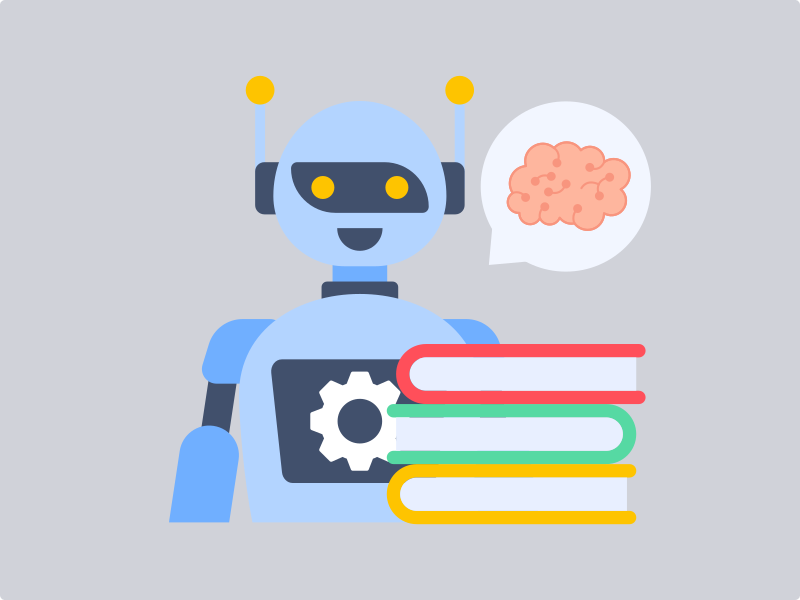In this article, learn what is of supervised machine learning and explore how it is applied to solve real-world problems.
Supervised Machine Learning:
Supervised machine learning involves training a model using labeled data. This means that each example in the dataset is associated with a target or label that the model tries to predict as demonstrated by this example https://ibepyprogrammer.com/how-to-do-simple-linear-regression/. The goal of supervised learning is to learn a mapping from features to the output target variables based on the labeled data.
When doing a supervised machine learning task, you are either solving a classification problem or a regression problem.
-
Classification: In a classification problem, the target variable is categorical, meaning it falls into a discrete class. Thus, the goal is to predict the class label of new instances based on the patterns learned from the labeled data.
-
Regression: In a regression problem, the target variable is continuous, and this means it can take on a value within a certain range thus the goal is to predict a continuous quantity based on the inputs.
So where can I apply supervised machine learning techniques?
While doing some data analysis tasks, one can implement supervised machine learning to solve some problems like:
- Detecting Spam Emails:
In this problem, identifying whether an email is spam or not falls under classification. This means that a given dataset will then contain emails labeled as spam or not spam.
Hence a supervised machine learning algorithm, like a Support Vector Machine (SVM) is trained on features extracted from the email content (e.g., keywords, sender information) to classify incoming emails as spam or not spam.
- House Prices Prediction:
In this task, regression would be used to solve the problem of predicting the price of a house based on some given features.
The dataset will therefore contain information about houses like size, location, and number of bedrooms, along with their corresponding prices.
Building a regression model, such as linear regression, which is trained on the features of the houses can therefore be used to predict their prices. The model can in turn be used by real estate agents or property websites to estimate the value of new properties based on some features like location.
- Medical Diagnosis:
Supervised machine learning can be used to diagnose diseases based on a patient's symptoms and various test results. This is specifically a classification problem.
To solve this, a dataset containing patient data, which contains symptoms and diagnoses is provided by medical experts.
A classification model, such as a decision tree or random forest classifier, is built using medical data to predict the presence or absence of a disease based on the symptoms and tests conducted. The model is therefore useful to doctors in making diagnoses and recommending appropriate treatments.
- Customer Churn Prediction:
This is another classification problem where a model can be built to predict whether a customer is likely to continue with a certain service or terminate the service, eg: subscriptions.
This can be achieved by using a dataset that details a customer's or client's historical data, which includes their demographics, usage patterns, and whether they churn or not.
Building a classification model, such as logistic regression or random forest, using a customer's data is therefore used to predict the likelihood of a churn based on various features. This information helps businesses identify consumer patterns and take proactive measures to retain their clientele.
Conclusion
In these examples, different types of supervised machine learning models can be implemented to solve a wide range of problems depending on the situation. Supervised machine learning models are also the most common types of machine models used among the other models which include unsupervised machine learning and reinforcement learning models. In future articles, you will learn how to build these different supervised models step by step.








